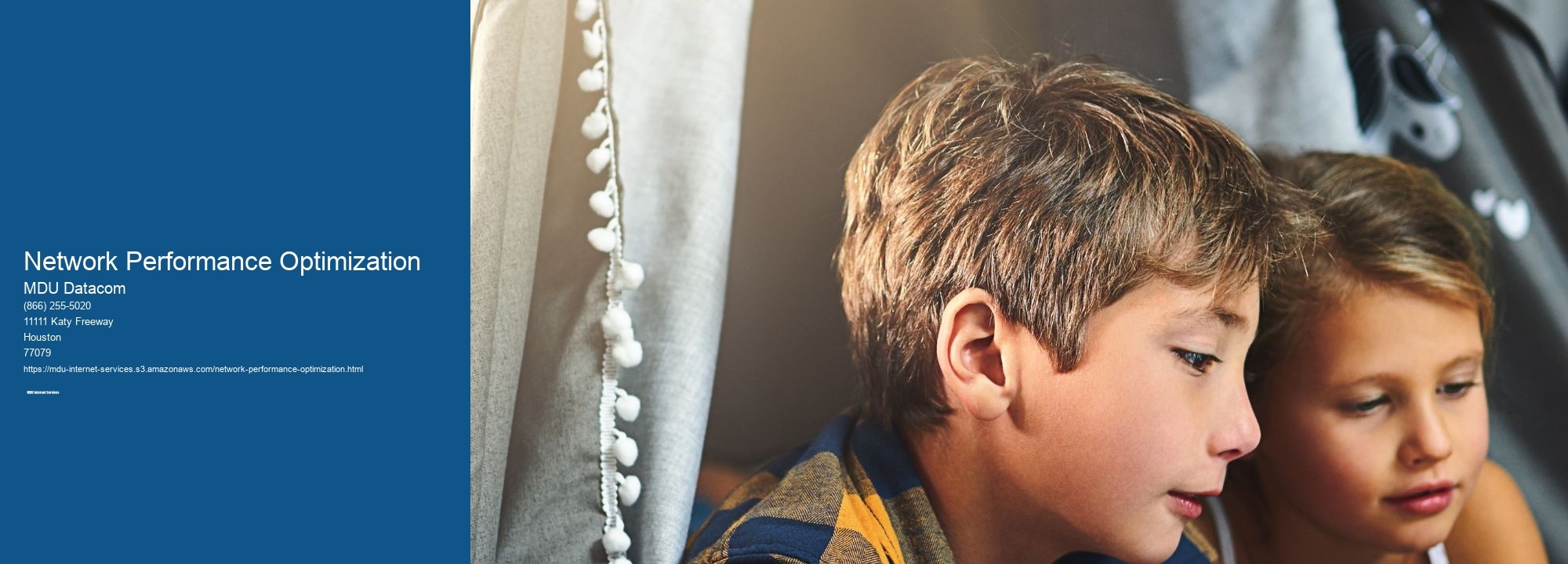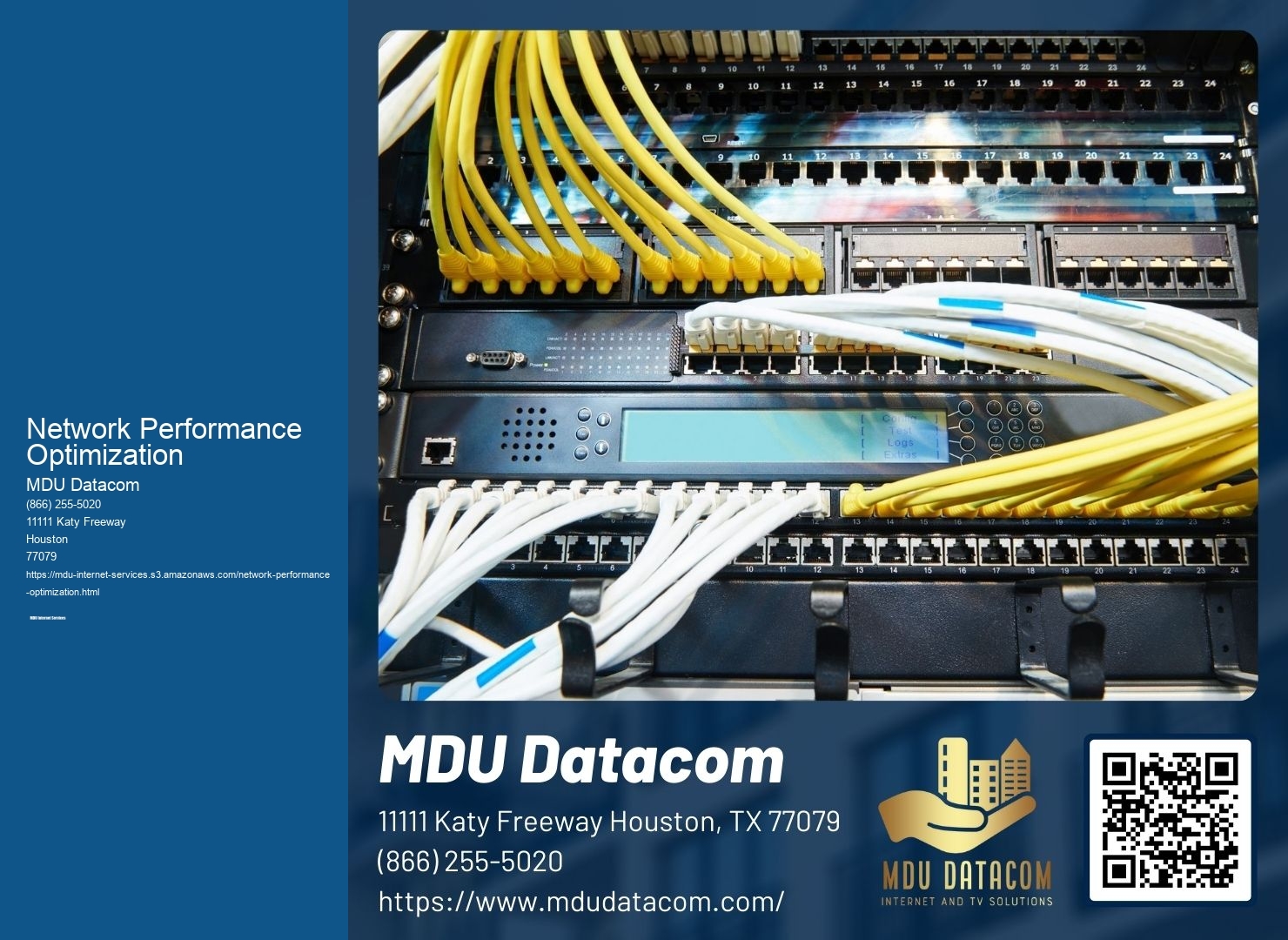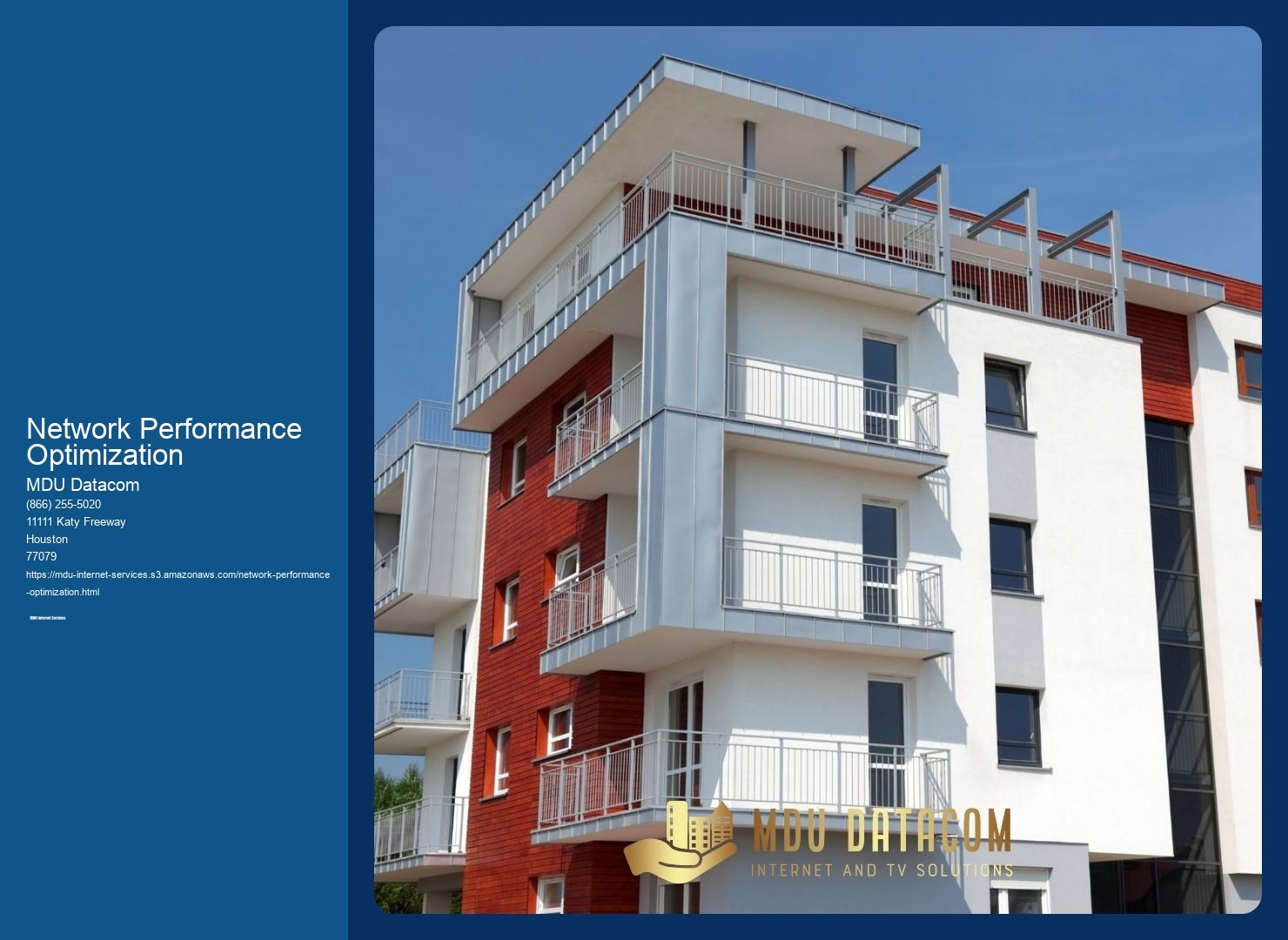

Network performance optimization can improve the efficiency of data transfer between servers by implementing various techniques and strategies. One way is through bandwidth management, which involves prioritizing and allocating network resources based on the specific needs of different applications or services. This ensures that critical data transfers receive the necessary bandwidth, reducing latency and improving overall performance. Additionally, optimizing network protocols and configurations can help minimize packet loss and retransmissions, resulting in faster and more reliable data transfers. By identifying and resolving network bottlenecks, such as congestion or network latency, network performance optimization can significantly enhance the efficiency of data transfer between servers.
Several key factors affect network performance optimization in a cloud computing environment. One important factor is the network infrastructure itself, including the quality and capacity of the network equipment, such as routers and switches. The network architecture and design also play a crucial role, as a well-designed network can minimize latency and congestion.
Network traffic analysis is a valuable tool for identifying bottlenecks and optimizing network performance. By monitoring and analyzing network traffic patterns, administrators can gain insights into the utilization of network resources and identify potential congestion points. This information can then be used to optimize network configurations, such as adjusting Quality of Service (QoS) settings or implementing traffic shaping techniques. Network traffic analysis can also help identify abnormal or malicious traffic, allowing for the timely detection and mitigation of security threats. By understanding the flow of network traffic, administrators can make informed decisions to optimize network performance and ensure efficient data transfer.

Optimizing network performance in a virtualized environment requires specific best practices. One important practice is to properly allocate and manage network resources among virtual machines (VMs). This involves ensuring that each VM has sufficient network bandwidth and avoiding resource contention that can lead to performance degradation. Network virtualization technologies, such as VLANs or virtual switches, can also be used to segment and isolate network traffic, improving performance and security. Additionally, optimizing the configuration of virtual network adapters and implementing network monitoring tools specifically designed for virtualized environments can help identify and resolve performance issues.
Quality of Service (QoS) plays a crucial role in network performance optimization by prioritizing and managing network traffic based on predefined rules and policies.

While network performance optimization techniques can greatly enhance efficiency, there are potential security risks associated with their implementation. For example, optimizing network protocols or configurations without proper security measures can leave the network vulnerable to attacks or unauthorized access. Additionally, network traffic analysis tools, if not properly secured, can expose sensitive information or be exploited by attackers. It is important to ensure that network performance optimization techniques are implemented in conjunction with robust security measures, such as encryption, access controls, and regular security audits. By addressing these potential risks, organizations can optimize network performance while maintaining the integrity and security of their network infrastructure.
Network performance monitoring tools play a crucial role in identifying and resolving network performance issues. These tools provide real-time visibility into network traffic, allowing administrators to monitor network utilization, identify bottlenecks, and detect anomalies. By analyzing network performance metrics, such as latency, packet loss, and throughput, administrators can pinpoint the root causes of performance issues and take appropriate actions to resolve them. Network performance monitoring tools also provide historical data and trend analysis, enabling administrators to identify patterns and proactively optimize network performance. With the help of these tools, administrators can quickly identify and resolve network performance issues, minimizing downtime and ensuring efficient data transfer between servers.

When it comes to installing MDU internet services in older apartment buildings, there are several specific requirements that need to be considered. Firstly, the building should have a suitable infrastructure in place to support high-speed internet connections. This may involve upgrading the existing wiring or installing new fiber optic cables. Additionally, the building should have adequate space for the necessary equipment, such as servers and routers. The installation process may also require coordination with the building management or owners to ensure compliance with any regulations or restrictions. Furthermore, it is important to assess the building's layout and design to determine the most efficient and effective way to distribute the internet signal throughout the premises. Overall, installing MDU internet services in older apartment buildings requires careful planning and consideration of the building's specific characteristics and requirements.
Yes, there are bundled packages available for MDU internet services with cable or phone services. Many internet service providers offer packages that include both internet and cable or phone services for multi-dwelling units (MDUs). These bundled packages are designed to provide convenience and cost savings for residents of MDUs who require multiple services. By bundling these services together, residents can enjoy the benefits of high-speed internet, cable television, and phone services all in one package. These bundled packages often come with additional features such as unlimited data, premium channels, and discounted rates. Residents can choose from a variety of packages based on their specific needs and preferences, ensuring they have access to the services they require at a competitive price.
MDU does offer incentives for residents to participate in community-wide internet initiatives or surveys. These incentives can include discounts on internet services, free upgrades to higher internet speeds, gift cards to local businesses, or entry into raffles for larger prizes. By offering these incentives, MDU aims to encourage residents to actively engage in community-wide initiatives and provide valuable feedback through surveys. This helps MDU gather important data and insights to improve their internet services and meet the specific needs of the community. Additionally, by participating in these initiatives and surveys, residents can contribute to the overall development and enhancement of their community's internet infrastructure.
MDU, or Multi-Dwelling Unit, handles requests for internet service upgrades in properties with limited physical space for networking equipment by implementing innovative solutions that maximize the use of available space. They utilize compact and efficient networking equipment that can be easily installed in small areas without compromising on performance. Additionally, MDU employs advanced networking technologies such as fiber-optic cables and wireless access points to minimize the need for bulky equipment. They also employ intelligent network design strategies that optimize the use of available space and ensure seamless connectivity for all residents. Furthermore, MDU collaborates with property owners and managers to identify potential space-saving opportunities and tailor their solutions accordingly. Overall, MDU's expertise in managing limited physical space allows them to provide reliable and high-speed internet service upgrades to properties with space constraints.
MDU, or Multi-Dwelling Unit, handles requests for internet upgrades or downgrades within properties by following a systematic process. When a resident requests an upgrade or downgrade, the MDU management team assesses the current internet infrastructure and evaluates the feasibility of the requested change. They consider factors such as the capacity of the existing network, the availability of higher or lower speed options, and the potential impact on other residents. If the upgrade or downgrade is deemed feasible, the MDU management team coordinates with the internet service provider to implement the requested change. This may involve upgrading or downgrading the equipment, adjusting the service plan, or reconfiguring the network. Throughout the process, the MDU management team ensures clear communication with the resident, providing updates on the progress and any potential disruptions. By efficiently handling these requests, MDU aims to meet the evolving internet needs of its residents and enhance their overall living experience.
Residents of MDUs have the right to request internet speed tests or performance evaluations from their service providers. These evaluations can help residents assess the quality and reliability of their internet connection. By conducting speed tests, residents can measure the download and upload speeds of their internet service, ensuring that they are receiving the promised bandwidth. Additionally, performance evaluations can identify any potential issues or bottlenecks in the network infrastructure, allowing residents to address these concerns with their service providers. Overall, requesting internet speed tests and performance evaluations empowers residents to advocate for better internet services and ensures that they are getting the most out of their MDU's internet connectivity.